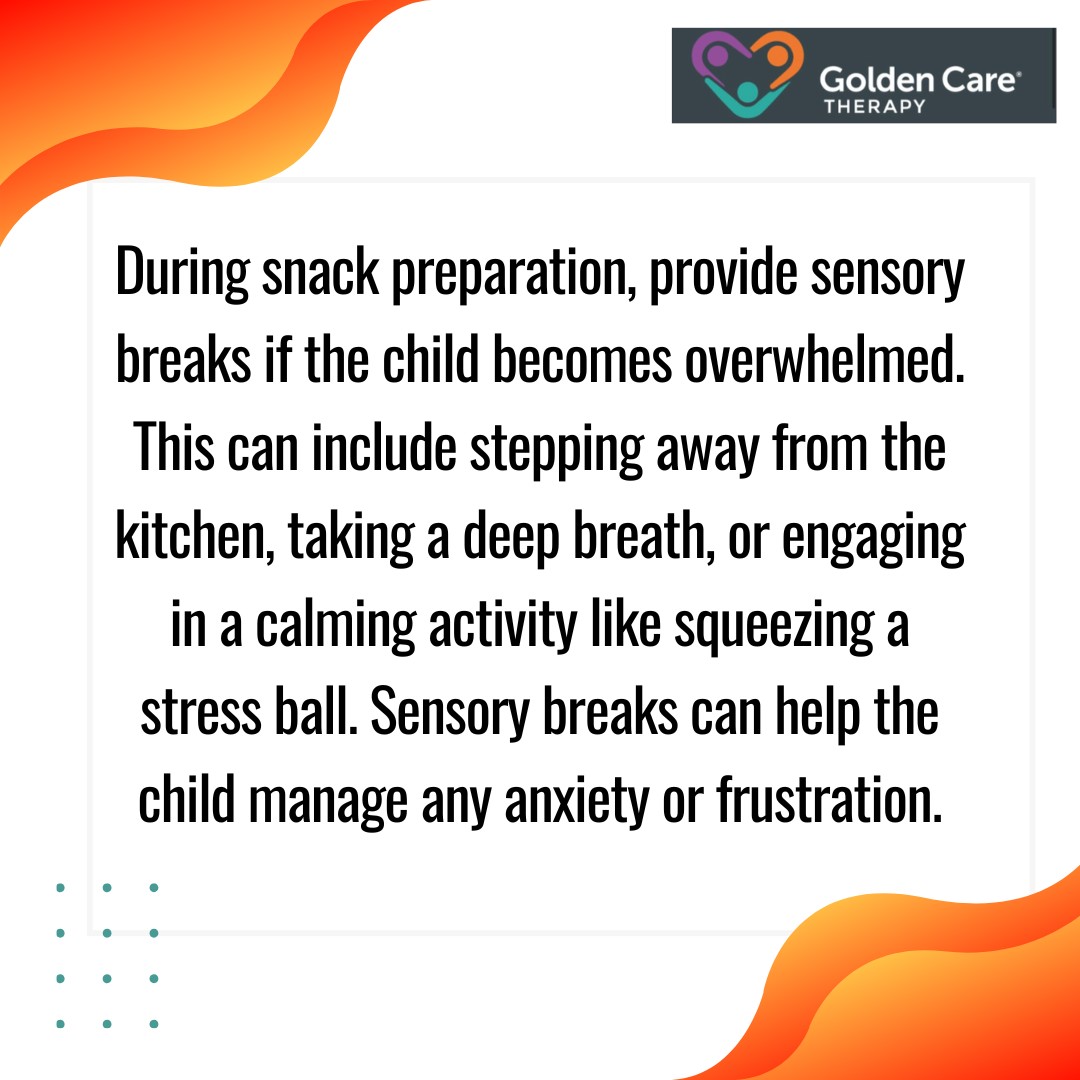Teaching children with autism how to prepare snacks is more than just about learning to make food; it’s about fostering independence and improving self-esteem. Many children with autism experience challenges with communication, sensory processing, and executive functioning, all of which can affect their ability to prepare food independently.
However, with the right approach, these children can develop the necessary skills to handle snack preparation in a safe and enjoyable way.
Here, we will explore the strategies, tools, and methods to teach kids with autism how to prepare snacks, ensuring they build confidence while learning important life skills. Let’s get started.
Setting Up a Safe and Structured Snack Preparation Area
Before starting, it’s important to create a structured, safe environment that encourages snack preparation. Children with autism thrive in spaces that are organized and predictable. Having a specific area for snack preparation reduces confusion and supports teaching independence, helping the child feel more in control.
First, you want to ensure that the snack preparation area is tidy and organized. Use clear containers, labeled with both words and pictures, to store ingredients and utensils. Children with autism often respond well to visual cues, so it’s essential to set up the space with this in mind.
Consider using step-by-step visual schedules and signs to guide the child through the process.
Safety is paramount when teaching snack preparation. Many children with autism are at a higher risk for accidents due to sensory sensitivities or difficulties with motor skills. Always supervise snack preparation, especially when using kitchen tools like knives, blenders, or ovens.
Start with tasks that are simpler and pose less risk, such as spreading peanut butter on crackers or assembling fruit. With that out of the way, let’s now move on to the actual steps.

Step 1: Start with Simple, Familiar Snacks
Begin by introducing very simple and familiar snacks that require minimal steps. For children with autism, the first step is often about building confidence and familiarity with the process.
You want to choose snacks that the child is already familiar with and enjoys. These snacks should require little preparation. Examples include:
- Spreading cream cheese or peanut butter on crackers
- Making a sandwich with pre-sliced bread and deli meats
- Cutting up fruit into manageable pieces
- Assembling yogurt and granola parfaits
For each snack, break the task down into smaller steps. For example, making a sandwich can be broken down into the following steps:
- Take out the bread.
- Spread peanut butter or jelly on one slice of bread.
- Place another slice of bread on top.
- Cut the sandwich into halves or quarters.
Using a visual schedule or checklist that breaks down each step can help the child focus on one task at a time.
Step 2: Use Visual Supports and Clear Instructions
Visual supports are a powerful tool for teaching children with autism how to prepare snacks. They provide clarity, structure, and consistency, which are all essential for a child with autism to understand and follow instructions.
Develop visual recipes that show the step-by-step process of preparing the snack. You can use pictures, symbols, or even videos to represent each action. For example, for making a snack, include images such as a picture of a spoon for stirring or a picture of an apple for cutting.
You can also incorporate task cards or a task schedule with simple illustrations to guide the child through each step of preparing snacks. These cards can be placed in the kitchen or on the countertop where the child can easily follow them.
Modeling is another effective teaching method. Demonstrate each step slowly and clearly, providing verbal and visual cues to reinforce the action. After modeling the steps a few times, encourage the child to imitate you. Give them plenty of time to process and respond.
For example, you could model spreading butter on bread, and then prompt the child to do the same.
Step 3: Gradually Increase Complexity
Once the child becomes comfortable with preparing simpler snacks, you can gradually increase the complexity of the tasks. This approach ensures that they continue to learn new skills while also experiencing success.
Once the child becomes comfortable with basic snacks, introduce new tools or ingredients.
For example, you could introduce a butter knife for spreading or add vegetables to a snack that requires cutting. Always ensure that the task is appropriate for the child’s developmental level.
As the child gains more confidence, encourage them to make choices about the snack they want to prepare. This can help promote decision-making skills and foster independence. Give them a choice of two or three simple snacks to choose from, such as fruit with yogurt or crackers with cheese.
Snack preparation is an excellent opportunity to work on executive functioning skills. These skills, which include planning, organization, and memory, can be developed through snack-related tasks.
You can incorporate elements like making a grocery list, organizing ingredients, or cleaning up after preparing the snack.
Step 4: Incorporate Sensory Breaks and Positive Reinforcement
Sensory sensitivities can make snack preparation overwhelming for some children with autism. It’s essential to incorporate sensory breaks and positive reinforcement throughout the process to maintain motivation and engagement.

Positive reinforcement is key to motivating the child and encouraging them to keep trying. Offer praise after each completed step or when they prepare the entire snack independently.
Reinforcement can be verbal (“Great job spreading the peanut butter!”) or through rewards, such as extra screen time, a favorite toy, or a preferred activity.
Also, a token system, where the child earns tokens for completing tasks and can exchange them for rewards, is another effective strategy. This approach can make snack preparation more enjoyable and motivating, reinforcing positive behavior.
Step 5: Promote Social Interaction and Snack Sharing
Snack preparation can also be a social activity, especially when done with peers or family members. Encouraging the child to prepare snacks in a group setting helps build social and communication skills.
Invite the child’s siblings or friends to join in the snack preparation process. This fosters a sense of teamwork and provides opportunities for social interaction. For example, the child can pass ingredients to others or work together to assemble a fruit salad.
Once the snack is prepared, encourage the child to share it with others. This not only reinforces positive social behavior but also builds a sense of accomplishment and pride. Sharing snacks after preparation helps the child understand the social aspect of mealtime and food preparation.
Teaching kids with autism how to prepare snacks is a valuable skill that promotes independence, confidence, and life skills. By creating a structured environment, using visual supports, breaking down tasks into manageable steps, and providing sensory breaks and positive reinforcement, you can help your child gain the skills they need to succeed in snack preparation.
With patience and consistency, children with autism can enjoy the process of preparing their own snacks and gain confidence in their abilities. At Golden Care Therapy, we are dedicated to providing high-quality ABA therapy in New York, New Jersey, Indiana, Georgia, and Florida, tailored to meet your child’s unique needs.
Our compassionate team works closely with families to create personalized plans that encourage growth and independence. Contact us today to learn more about how we can support your family and help your child thrive!



